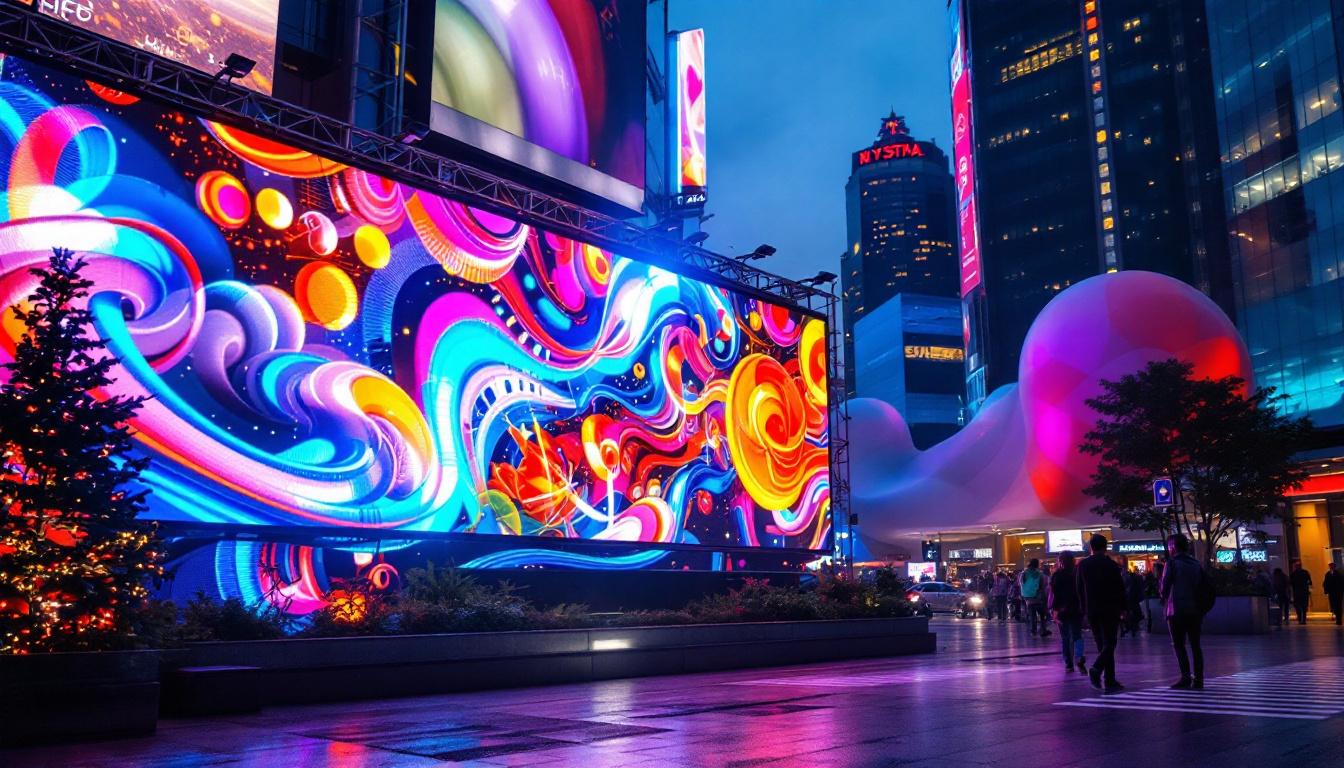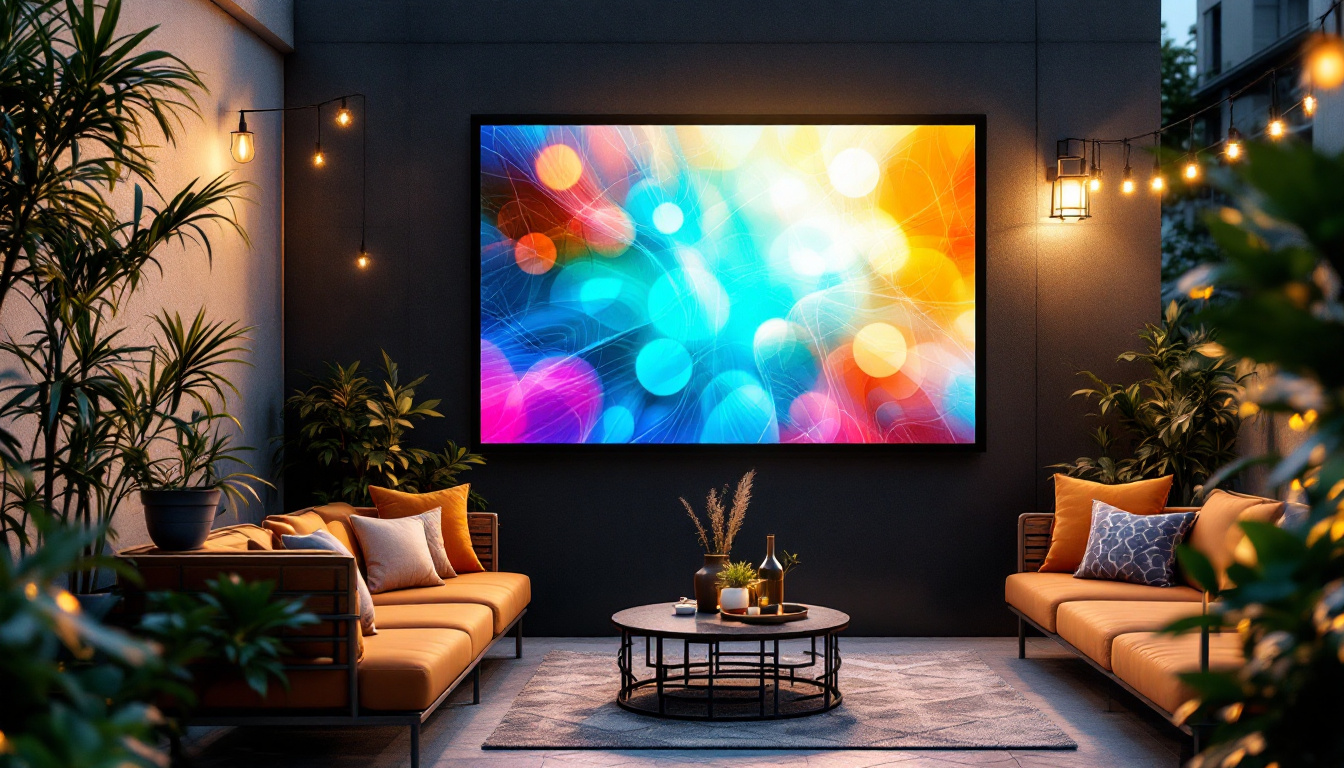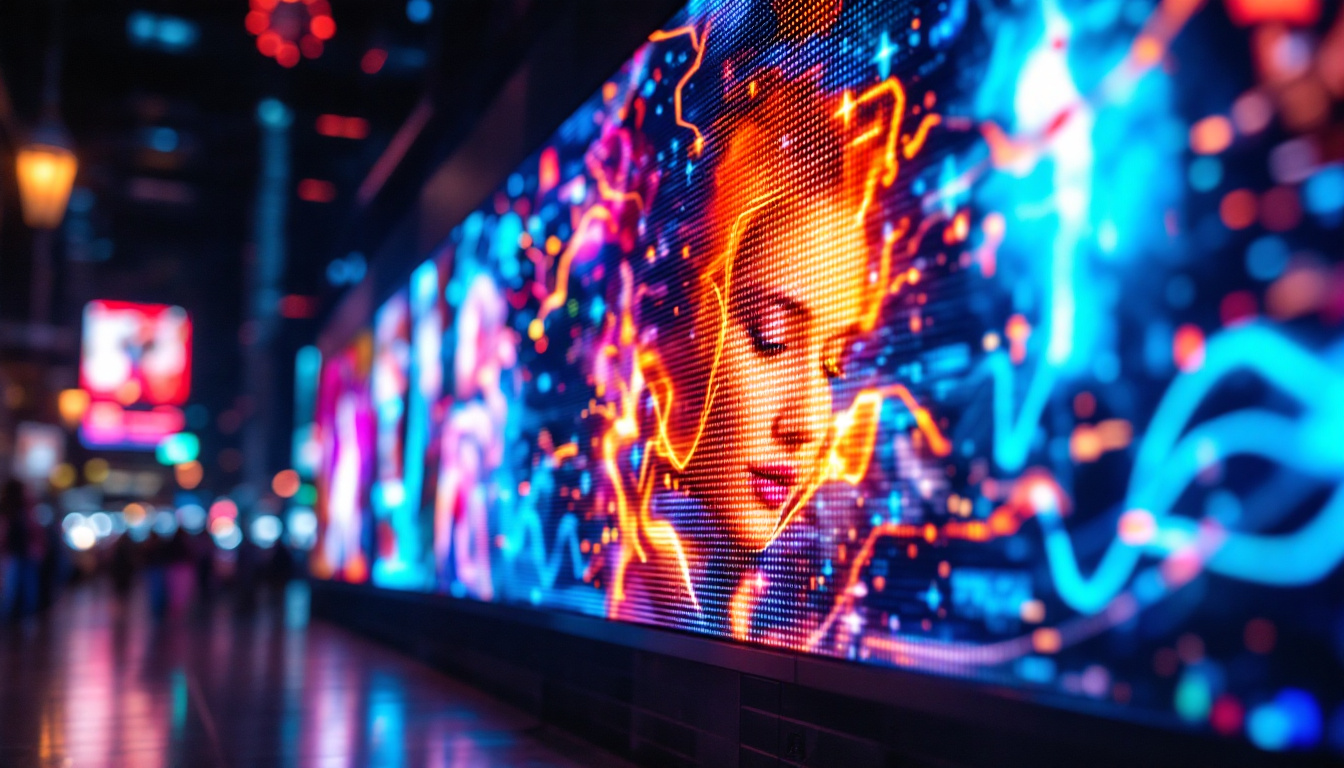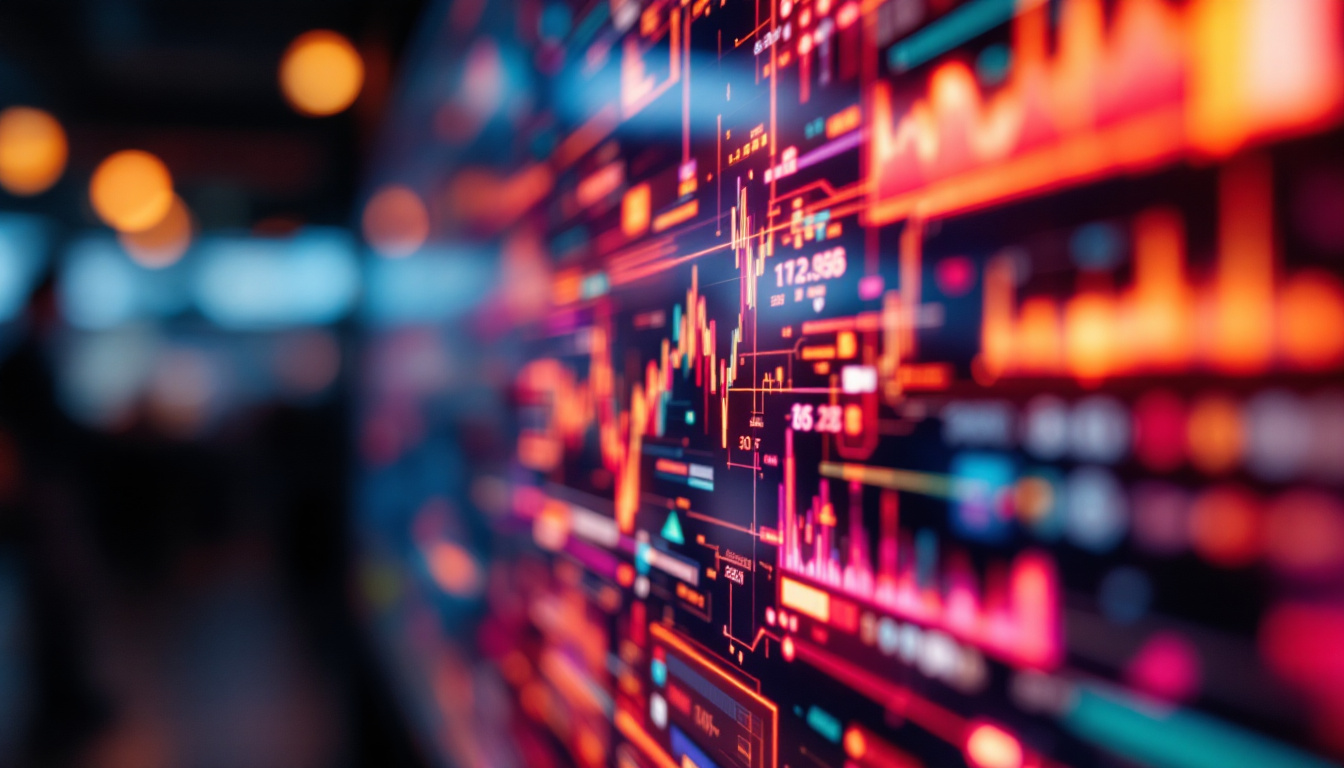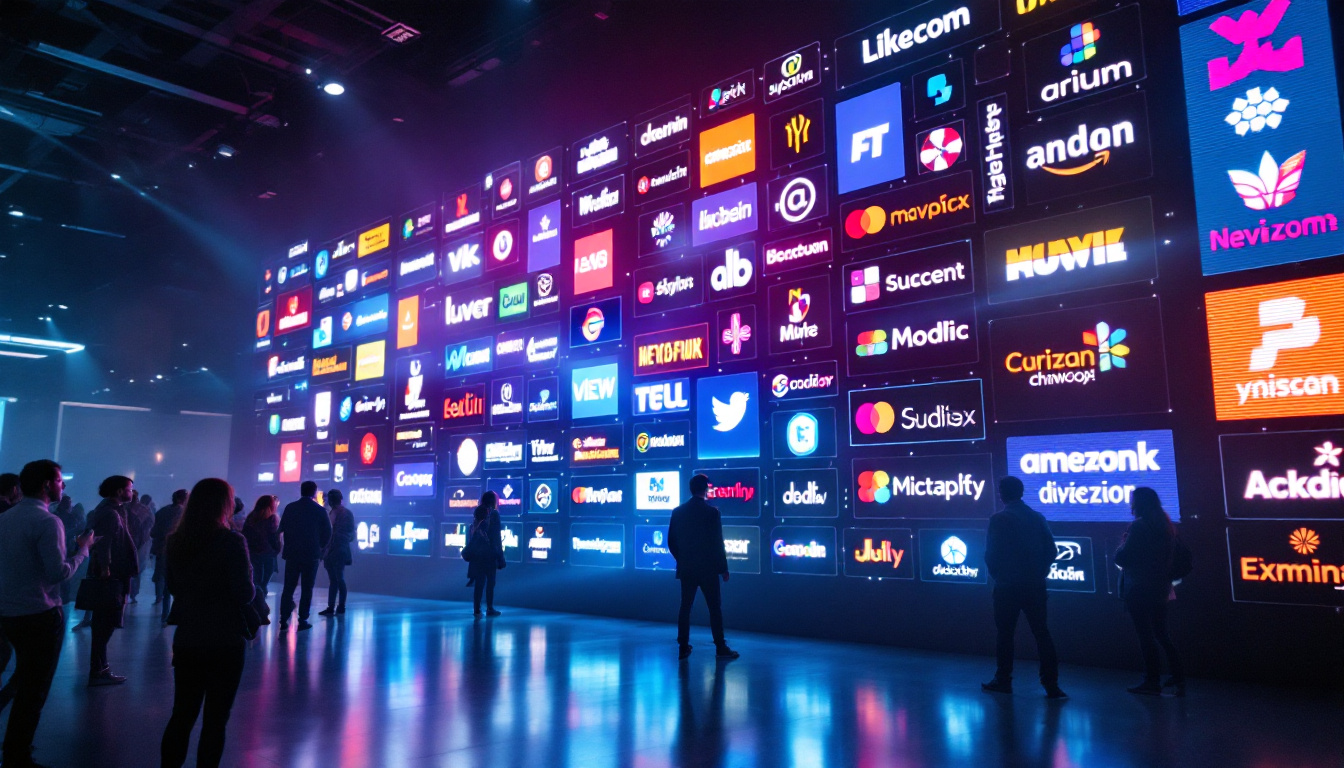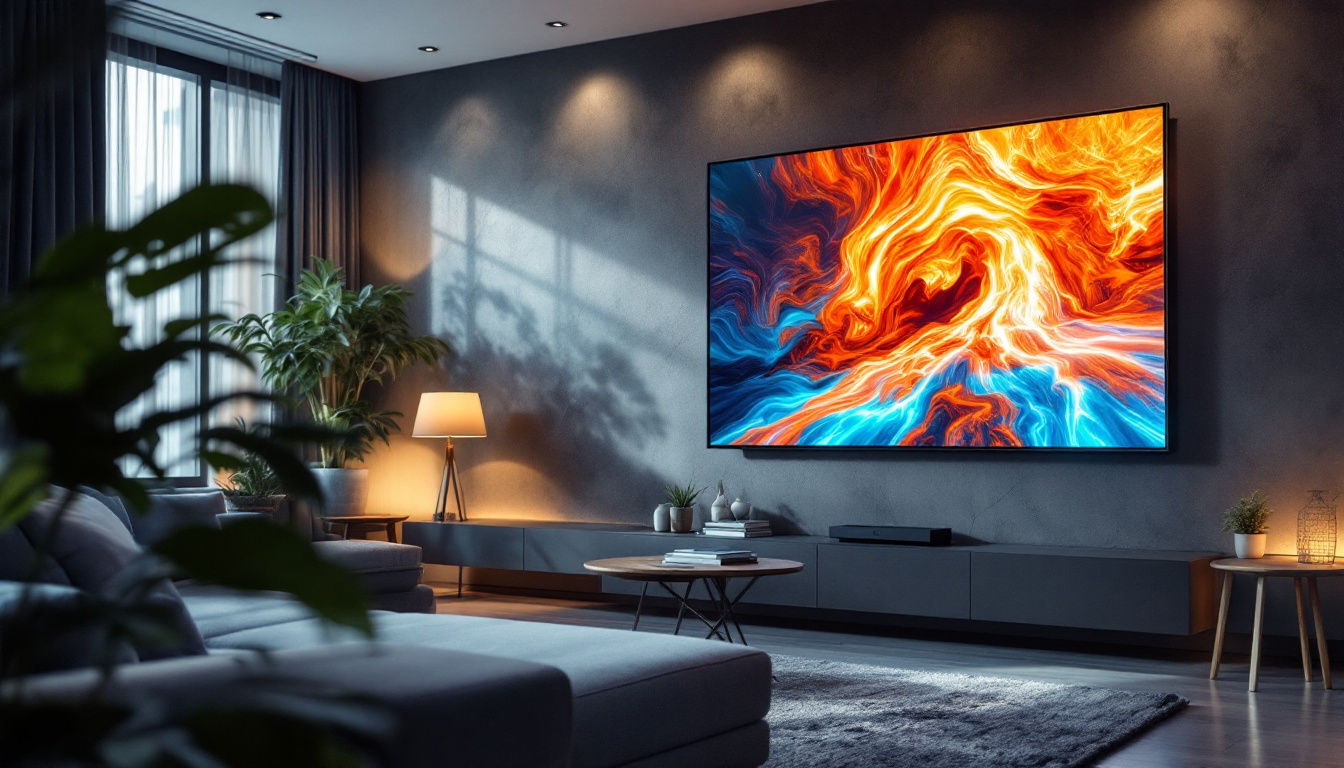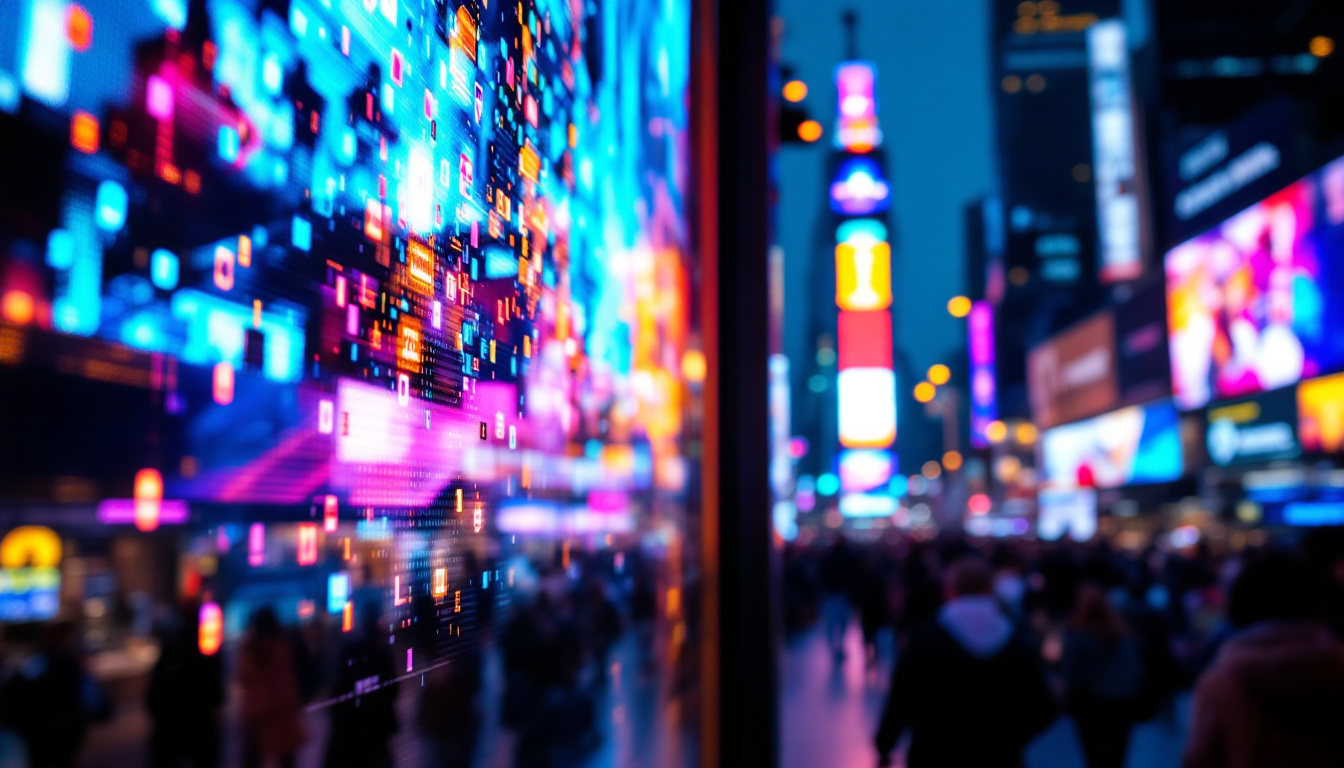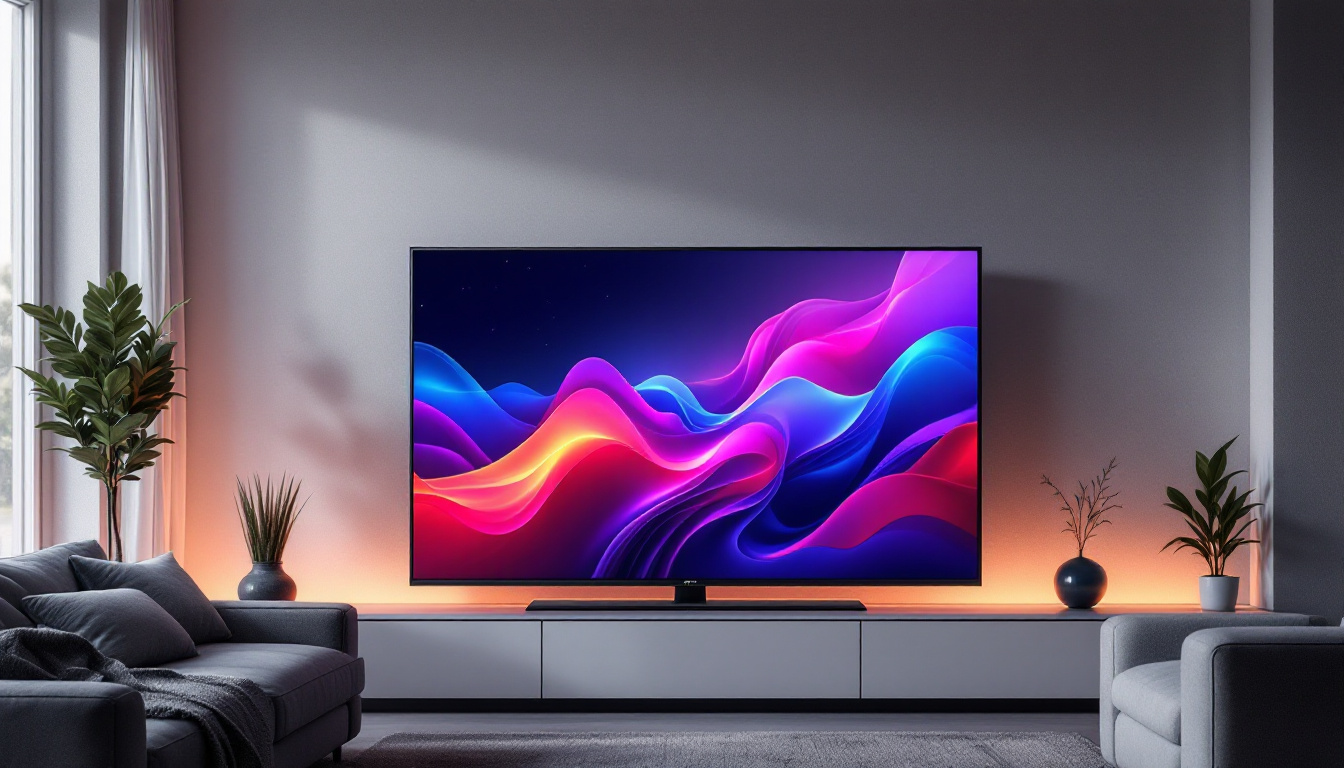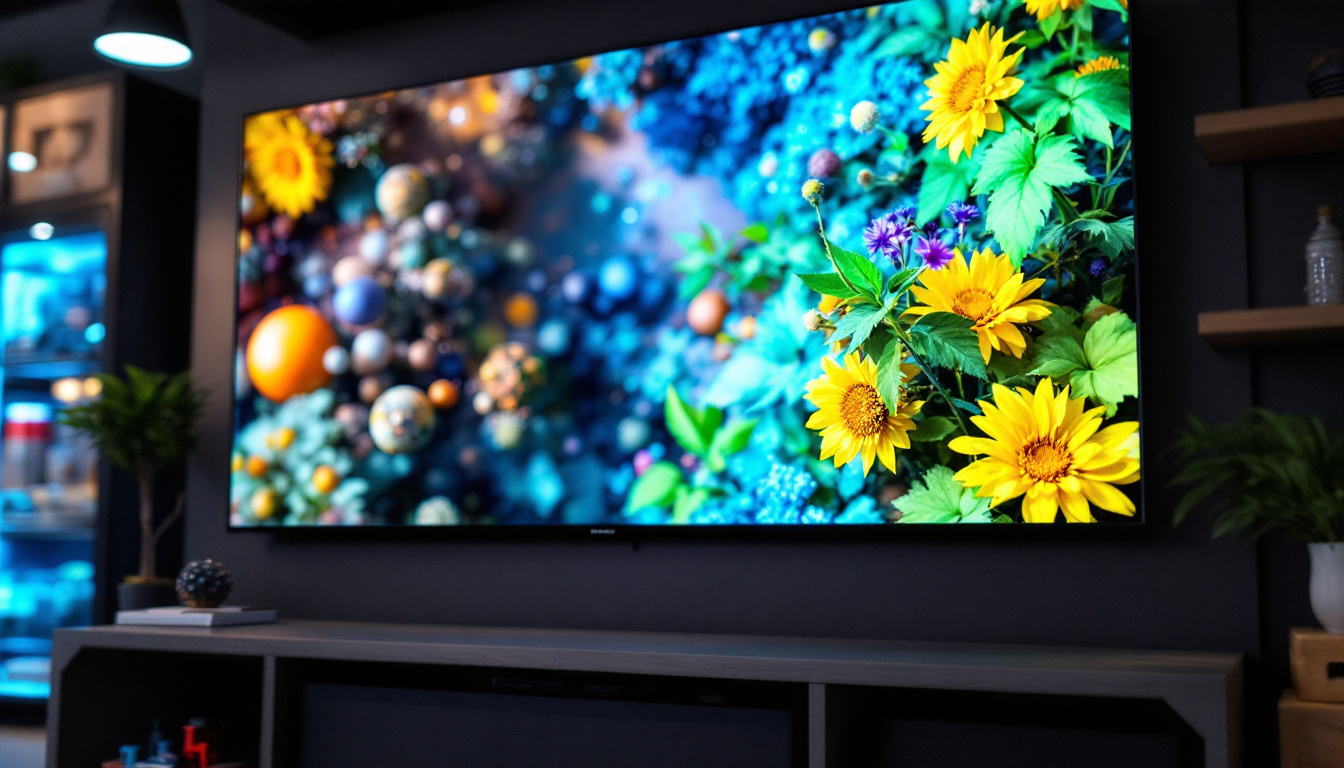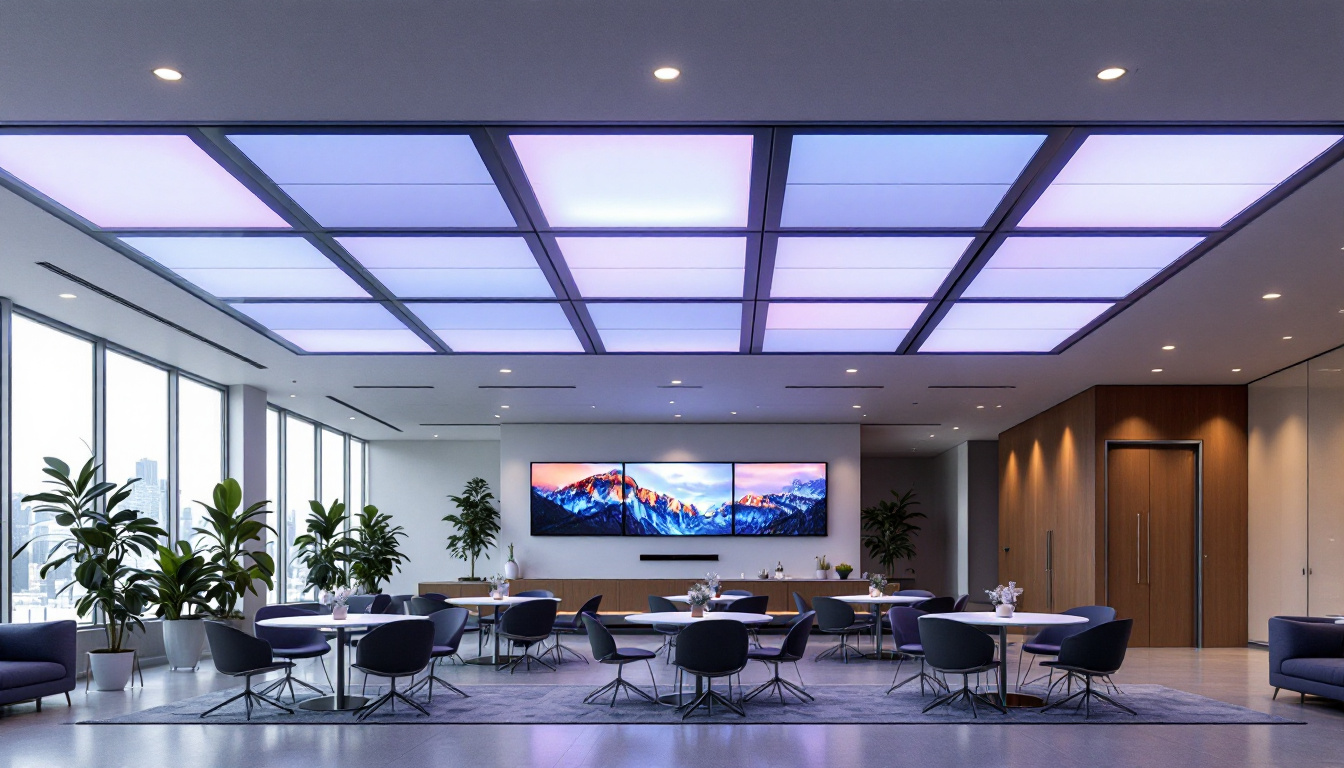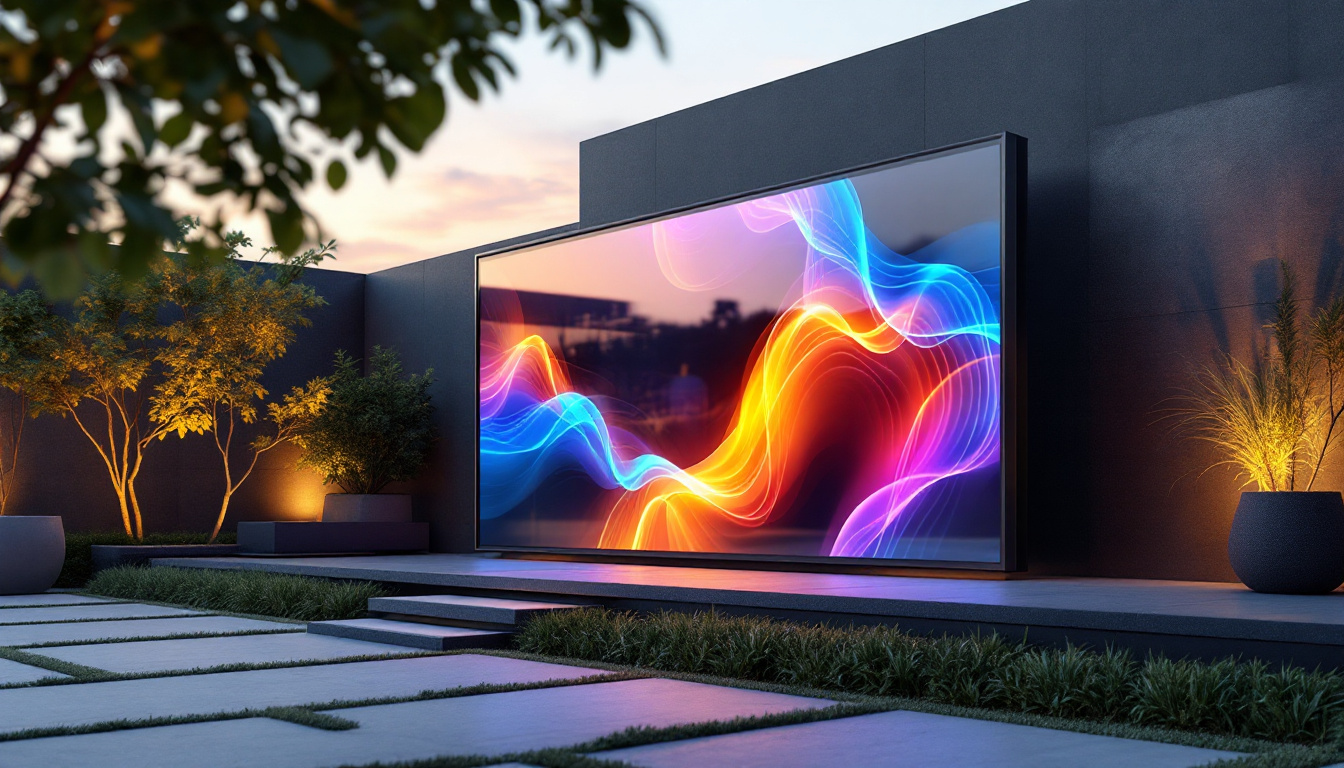In an era where visual communication dominates, the technology behind video displays continues to evolve rapidly. Among the most innovative advancements is the integration of LED displays with glass surfaces, creating what is often referred to as “glass video displays.” These displays are transforming the way businesses, retailers, and public spaces engage with audiences by blending digital content seamlessly into architectural elements.
This article explores the fundamentals of LED displays, the technology behind glass video displays, their applications, benefits, and future trends. Whether you are a technology enthusiast, a business owner considering digital signage, or simply curious about how modern display technologies work, this comprehensive guide will provide valuable insights.
Understanding LED Display Technology
What is an LED Display?
LED stands for Light Emitting Diode, a semiconductor device that emits light when an electric current passes through it. LED displays use thousands to millions of these tiny diodes arranged in a matrix to create images and videos. Unlike traditional LCD screens that rely on backlighting, LED displays generate their own light, resulting in brighter images, higher contrast ratios, and better energy efficiency.
LED displays come in two primary types: direct-view LED and LED-backlit LCD. Direct-view LED displays consist entirely of LEDs that form the pixels, making them ideal for large-scale outdoor and indoor screens. LED-backlit LCDs use LEDs as a light source behind an LCD panel, common in consumer televisions and monitors.
How LED Displays Work
Each pixel in an LED display is made up of red, green, and blue (RGB) diodes. By varying the intensity of each color diode, the display can produce a wide spectrum of colors. This RGB color model allows LED displays to render vivid and accurate images.
The brightness and color accuracy of LEDs make them perfect for environments with high ambient light, such as outdoor billboards or retail storefronts. Additionally, LED displays have fast response times and long lifespans, often exceeding 100,000 hours of operation.
What is a Glass Video Display?
Defining Glass Video Displays
Glass video displays are a specialized form of LED display technology where the LED modules are integrated directly onto or behind transparent glass panels. This setup allows digital content to be displayed on glass surfaces without obstructing the view through the glass, creating a unique see-through effect.
These displays are sometimes called transparent LED displays or glass LED screens. They combine the functionality of digital signage with architectural glass, enabling dynamic content to be presented on windows, glass walls, or showcases without compromising natural light or visibility.
How Glass LED Displays Differ from Traditional Displays
Traditional LED displays are typically opaque, designed to be viewed from one side. Glass LED displays, on the other hand, maintain transparency by using specially designed LED modules and circuitry that occupy only a fraction of the glass surface area. This design allows up to 70% or more transparency, depending on the model and configuration.
Because of their transparent nature, these displays are ideal for applications where maintaining visibility and light transmission is crucial, such as retail storefronts, museums, airports, and corporate offices. They offer a futuristic aesthetic that integrates digital content into the environment rather than dominating it.
Key Components and Technology Behind Glass LED Displays
Transparent LED Modules
The core component of glass video displays is the transparent LED module. These modules consist of micro-LEDs mounted on a transparent substrate, often glass or acrylic. The spacing between LEDs is carefully engineered to balance image quality and transparency.
Micro-LED technology is advancing rapidly, enabling smaller LED sizes and tighter pixel pitches, which improve resolution while maintaining transparency. The result is a display capable of showing detailed images and videos without appearing as a solid screen.
Driver Electronics and Control Systems
To manage the complex operation of thousands of LEDs on a transparent surface, sophisticated driver electronics and control systems are employed. These systems regulate the power, color, and brightness of each LED, ensuring smooth video playback and synchronization with external content sources.
Modern glass LED displays often support remote content management through cloud-based software, allowing operators to update and schedule content in real time. This flexibility is particularly valuable for retail and advertising applications where dynamic messaging is essential.
Integration with Architectural Glass
Glass video displays are designed to be integrated into existing architectural glass or installed as standalone glass panels. The installation process requires precise engineering to ensure structural integrity, weather resistance (for outdoor applications), and optimal viewing angles.
Some systems use laminated glass panels with embedded LED modules, while others attach LED strips or panels onto the glass surface. The choice depends on the project requirements, including transparency levels, size, and environmental conditions.
Applications of Glass Video Displays
Retail and Advertising
One of the most popular uses of glass video displays is in retail environments. Storefront windows equipped with transparent LED displays can showcase promotional videos, product information, or seasonal campaigns without blocking the view into the store. This approach attracts attention while maintaining an inviting atmosphere.
According to a 2023 report by Digital Signage Today, retailers using transparent LED displays have seen up to a 30% increase in foot traffic and a 20% boost in sales conversion rates. The ability to deliver eye-catching, dynamic content in high-visibility areas makes glass video displays a powerful marketing tool.
Corporate and Office Spaces
Glass LED displays are increasingly popular in corporate environments for branding, presentations, and interactive installations. They can be integrated into conference room glass walls or lobby partitions, providing a modern and innovative way to communicate company messages.
For example, multinational companies use glass video displays to showcase real-time data dashboards, welcome messages, or multimedia art, enhancing the workplace ambiance and reinforcing brand identity.
Transportation Hubs and Public Spaces
Airports, train stations, and other transportation hubs benefit from glass video displays by delivering real-time travel information, advertising, and public service announcements on transparent surfaces. This integration helps maximize the use of available space without cluttering the environment with traditional screens.
Moreover, museums and galleries use glass LED displays to create interactive exhibits that blend digital content with physical artifacts, enriching visitor experiences.
Advantages of Glass Video Displays
Aesthetic Integration and Transparency
The most significant advantage of glass video displays is their ability to blend digital content into architectural glass without sacrificing transparency. This feature allows for creative design solutions that maintain natural light and open sightlines, which are essential in modern architecture.
Unlike conventional screens that can feel intrusive or bulky, glass LED displays offer a sleek, futuristic look that enhances the environment rather than detracting from it.
Energy Efficiency and Longevity
LED technology is inherently energy-efficient compared to other display types like LCD or plasma. Glass LED displays consume less power while providing brighter images, which is particularly important for large installations that operate for extended hours.
Additionally, LEDs have a long operational lifespan, often exceeding 100,000 hours, reducing maintenance costs and downtime.
Customizability and Scalability
Glass video displays can be customized in size, shape, and transparency levels to suit specific project needs. They can be scaled from small retail windows to large architectural facades, offering flexibility for diverse applications.
Furthermore, content can be easily updated and tailored to different audiences, times of day, or events, making these displays highly versatile.
Challenges and Considerations
Cost and Installation Complexity
One of the main challenges of glass video displays is the initial cost. The technology, materials, and installation require significant investment compared to traditional signage. However, the long-term benefits and impact often justify the expenditure.
Installation must be carefully planned and executed by experienced professionals to ensure safety, durability, and optimal performance. Factors such as glass thickness, weight, and environmental exposure need to be considered.
Brightness and Visibility in Various Lighting Conditions
While LED displays are bright, achieving optimal visibility in direct sunlight or highly reflective environments can be challenging. Transparent displays have less LED density than opaque screens, which can affect brightness and contrast.
Manufacturers continuously improve these aspects, but project planners should evaluate site-specific lighting conditions and consider supplementary shading or anti-reflective coatings if necessary.
Content Design for Transparency
Designing content for glass video displays requires a different approach than for traditional screens. Since the background is often visible through the display, content must be high contrast and carefully composed to ensure readability and visual impact.
Creative use of negative space, bold colors, and animations can enhance the effectiveness of the display while complementing the surroundings.
The Future of Glass Video Displays
Advancements in Micro-LED and OLED Technologies
Emerging technologies such as micro-LED and transparent OLED (Organic Light Emitting Diode) displays promise to push the boundaries of glass video displays even further. Micro-LEDs offer higher brightness, better color accuracy, and improved energy efficiency, while transparent OLEDs provide excellent flexibility and ultra-thin form factors.
These advancements will enable more immersive and interactive glass display solutions, potentially revolutionizing retail, architecture, and public spaces.
Integration with Smart Building Systems
As smart buildings become more prevalent, glass video displays will integrate with building automation systems to provide context-aware content. For example, displays could adjust brightness based on ambient light, show personalized messages to occupants, or interact with mobile devices for enhanced engagement.
This convergence of display technology and IoT (Internet of Things) will create more responsive and dynamic environments.
Environmental Sustainability
With increasing focus on sustainability, manufacturers are developing eco-friendly glass video displays using recyclable materials and energy-saving designs. The ability to replace static printed signage with reusable digital content also reduces waste, aligning with green building initiatives.
Conclusion
Glass video displays represent a remarkable fusion of LED technology and architectural design, offering a unique way to communicate and engage audiences. Their transparency, brightness, and versatility make them ideal for a wide range of applications, from retail storefronts to corporate environments and public spaces.
While challenges such as cost and installation complexity remain, ongoing technological advancements and creative content strategies continue to expand the potential of glass LED displays. As these displays become more accessible and integrated with smart technologies, they are poised to become a staple of modern visual communication and architectural innovation.
For businesses and designers seeking to make a lasting impression through digital signage, understanding the capabilities and nuances of glass video displays is essential. This technology not only enhances visual storytelling but also transforms spaces into interactive, dynamic environments that captivate and inform.
Discover the Future of LED Displays with LumenMatrix
Ready to elevate your space with the latest in LED display technology? LumenMatrix is at the forefront of creating immersive environments through superior LED solutions. From transparent video displays that merge seamlessly with your architectural design to dynamic indoor and outdoor LED walls, our offerings are designed to captivate and engage. Explore our full range of innovative LED display solutions, including specialized options for vehicles, sports venues, and customizable installations. Experience the revolution in visual communication with LumenMatrix and transform your brand’s presence. Check out LumenMatrix LED Display Solutions today and step into a world where your message shines with unmatched clarity and impact.




